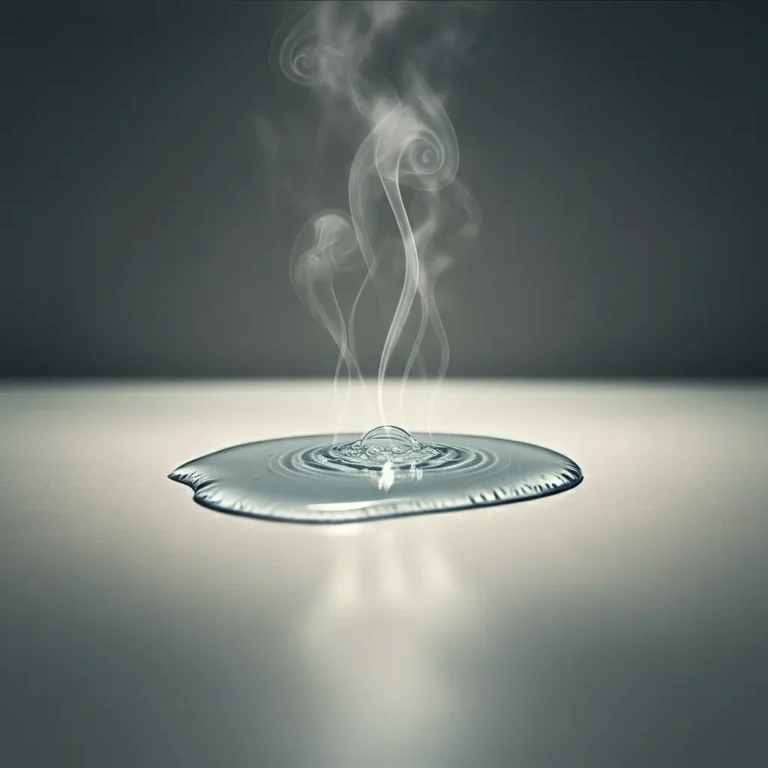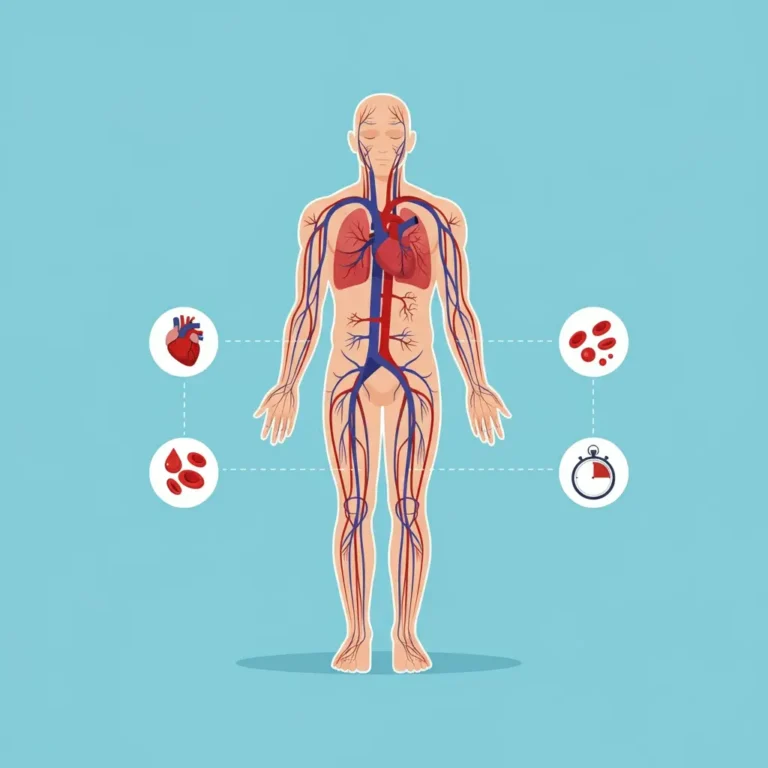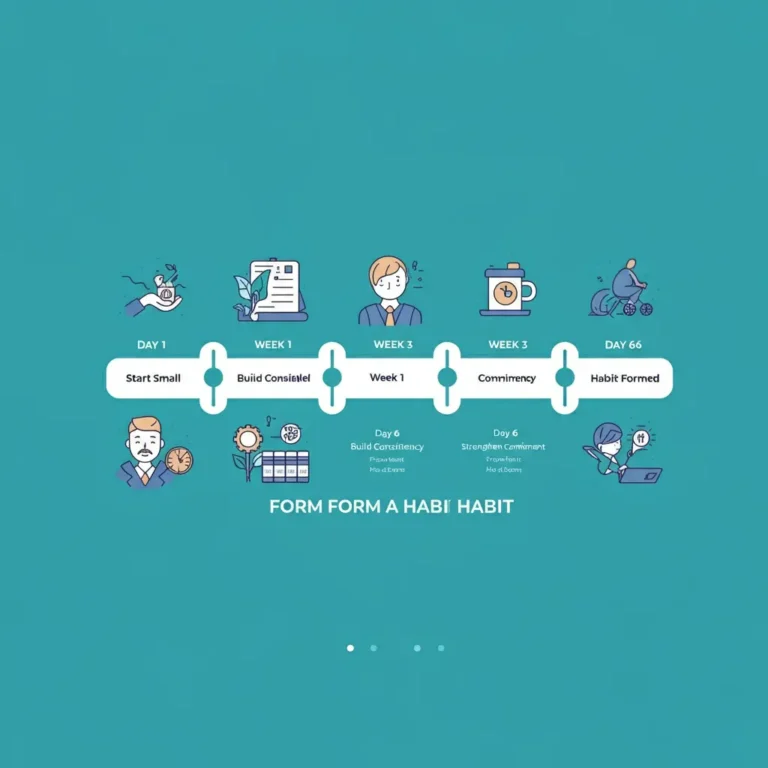How Long Does It Take for Weed to Be Cleared from the Body
The length of time marijuana (weed) stays in your body is essential information for those undergoing drug tests or curious about how their body processes substances. Several factors influence weed clearance, and understanding these can help set realistic expectations. Let’s explore the details.
Table of Contents
Introduction to Weed Clearance from the Body
When you consume marijuana—whether by smoking, vaping, or ingesting—your body needs time to process and eliminate its active compounds, primarily THC (tetrahydrocannabinol). This process doesn’t just depend on one single factor but involves your metabolic rate, frequency of use, and type of drug testing.
How Weed Is Processed in the Body
The body metabolizes THC into various byproducts, collectively known as THC metabolites. A significant percentage of THC is broken down by the liver and expelled through urine and feces. However, THC has an affinity for fat cells, meaning it can bind to fatty tissue and remain in the body longer for individuals with higher body fat percentages.
Factors That Impact Weed Clearance
Several factors influence how long it takes for weed to leave your system:
- Frequency of Use: Regular users may take longer to clear THC compared to occasional users.
- Body Fat Percentage: Individuals with higher body fat tend to retain THC metabolites for extended periods.
- Metabolism Speed: A faster metabolism processes and eliminates substances more efficiently.
- The potency of Marijuana: Higher THC concentration results in a longer clearance time.
- Method of Consumption: Edibles often take longer to clear compared to smoking.
Detection Timeframes for Different Drug Tests
Drug tests are designed to detect THC or its metabolites, and detection windows vary greatly depending on the type of test used. Here’s a breakdown of detection times:
How Long Weed Stays in Blood
Blood tests for THC are usually performed for instances like roadside drug screenings. THC is detectable in the bloodstream for a relatively short duration:
- Occasional Users: 1–2 days
- Frequent Users: Up to 7 days
THC is fat-soluble, so once it metabolizes, it’s less likely to linger in blood plasma.
Weed Clearance from Urine
Urine tests are the most common type of drug screen owing to their non-invasive nature and affordability. The detection times vary based on use patterns:
- One-Time Use: 1–3 days
- Moderate Use: Up to a week
- Heavy Use: Between 30–45 days
Since THC metabolites accumulate over continued use, habitual consumers have more extended detection periods.
Weed Detection in Saliva
Saliva tests are popular for their convenience. However, their detection windows are shorter:
- Occasional Users: 24 hours post-use
- Chronic Users: 72 hours post-use
Saliva tests are often used in workplace and roadside settings to detect recent use.
Hair Follicle Drug Tests
Hair follicle tests have the longest detection window compared to other methods. THC can be deposited into the growing hair follicles through small blood vessels.
- All Users: Up to 90 days
However, hair follicle testing tends to detect chronic use more reliably than occasional use.
Can Occasional Use Clear Faster?
Yes, occasional or one-time use generally clears the body more quickly since less THC accumulates in the system. For example, a person taking a single hit of marijuana may test negative in just a few days.
Role of THC Metabolites in Clearance
THC leaves the body in stages. Initially, the active form stays in the bloodstream. Once metabolized, it becomes THC-COOH, a non-active byproduct. Testing methods often target THC-COOH in urine samples, contributing to extended detection times.
How Body Fat Affects THC Elimination
Because THC binds to fat cells, individuals with higher body fat percentages may notice longer detection times. Those with a leaner body composition generally process and eliminate THC more efficiently.
Does Exercise Speed Up Clearance?
Physical activity itself doesn’t directly eliminate THC. However, during fat loss, stored THC can be released into the bloodstream briefly. While regular exercise may aid overall metabolism, it is not a reliable way to bypass drug testing.
Can Diet Influence THC Detox?
Some detox guides suggest foods or drinks to accelerate THC clearance. While staying hydrated and eating healthily supports natural detoxification processes, you cannot fast-track the body’s timeline beyond what your metabolism allows.
Common Myths About Weed and Drug Tests
Drinking Excessive Water Clears THC
While hydration dilutes urine slightly, drug tests can detect over-hydration, and it doesn’t eliminate THC metabolites themselves.
Detox Kits Offer Immediate Results
Many detox kits promise fast results but often fail drug screenings. These products are unreliable and provide no guarantee of safety.
FAQs for Weed Clearance
Does drinking water help pass a drug test?
Staying hydrated is healthy, but it doesn’t obliterate THC metabolites. Overhydrating can even be flagged during testing.
Can secondhand marijuana smoke lead to a positive drug test?
It’s unlikely, as casual exposure doesn’t produce enough THC in the body to trigger a test.
How long does THC stay in breast milk?
THC can linger in breast milk for up to 6 days after use. It’s best to avoid marijuana during breastfeeding.
Are there fast ways to detox?
There’s no scientifically proven way to speed up THC clearance. The body eliminates it at its natural pace.
What happens if you fail a workplace drug test?
This varies by employer policies. Some may offer rehab programs, while others may enforce stricter penalties.
Understanding how long THC stays in the body can reduce stress over testing and encourage responsible use for those who consume marijuana. Always consider your specific circumstances as you estimate how long it might take for weed to be cleared from your system.







